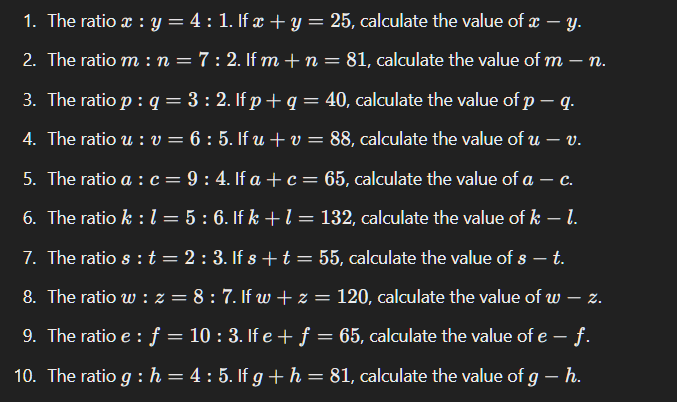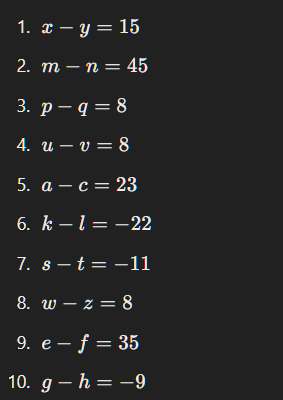Here is a chapter-wise list of the characters introduced in "The Phantom Tollbooth" by Norton Juster:
Chapter 1: Milo
- Milo: The protagonist, a bored and disinterested boy.
Chapter 2: Beyond Expectations
- The Whether Man: A quirky character who explains the rules of Expectations.
- Lethargarians: Lazy creatures who do nothing all day.
Chapter 3: Welcome to Dictionopolis
- Tock: A watchdog with a clock in his body, who becomes Milo’s companion.
- King Azaz's Cabinet Members: Overly verbose officials with unique speaking patterns.
Chapter 4: Confusion in the Market
- Merchants in Dictionopolis: They sell words and letters in the marketplace.
- The Spelling Bee: A giant bee who spells words aloud.
- The Humbug: A pompous and self-important character who joins Milo and Tock.
Chapter 5: Short Shrift
- Officer Shrift: A small but authoritative policeman, judge, and jailer.
Chapter 6: Faintly Macabre's Story
- Faintly Macabre: The "Which," a pun on "witch," who tells Milo about the history of Wisdom.
Chapter 7: The Royal Banquet
- King Azaz the Unabridged: The ruler of Dictionopolis and the advocate of words.
Chapter 8: The Humbug Volunteers
- No new major characters are introduced, but the main quest to rescue Rhyme and Reason is established.
Chapter 9: It’s All in How You Look at Things
- Alec Bings: A boy who sees through things and floats in the air because he grows downward.
Chapter 10: A Colorful Symphony
- Chroma the Great: A conductor who leads an orchestra that paints the colors of the world.
- Musicians: Part of Chroma’s orchestra.
Chapter 11: Dischord and Dynne
- Dr. Dischord: A doctor who specializes in unpleasant sounds.
- The Awful Dynne: Dr. Dischord’s assistant, a being made of loud, horrible noises.
Chapter 12: The Silent Valley
- The Soundkeeper: A character who collects and keeps all sounds in her fortress.
Chapter 13: Unfortunate Conclusions
- No new characters are introduced in this chapter.
Chapter 14: The Dodecahedron Leads the Way
- The Dodecahedron: A mathematical character with 12 faces, each showing a different expression.
Chapter 15: This Way to Infinity
- The Mathemagician: The ruler of Digitopolis, a land of numbers and math.
Chapter 16: A Very Dirty Bird
- The Everpresent Wordsnatcher: A bird who takes words out of context and misinterprets them.
Chapter 17: Unwelcoming Committee
- Terrible Trivium: A demon of petty tasks.
- Demon of Insincerity: A creature that misleads Milo and his friends.
- Gelatinous Giant: A demon afraid of new ideas.
Chapter 18: Castle in the Air
- Princess Rhyme and Princess Reason: Wise sisters who are imprisoned in the Castle in the Air.
- The Senses Taker: A demon who tries to distract travelers with irrelevant questions.
Chapter 19: The Return of Rhyme and Reason
- No new characters are introduced, but the mission to bring Rhyme and Reason back is fulfilled.
Chapter 20: Goodbye and Hello
- The characters met throughout the journey bid farewell to Milo as he returns home.


















